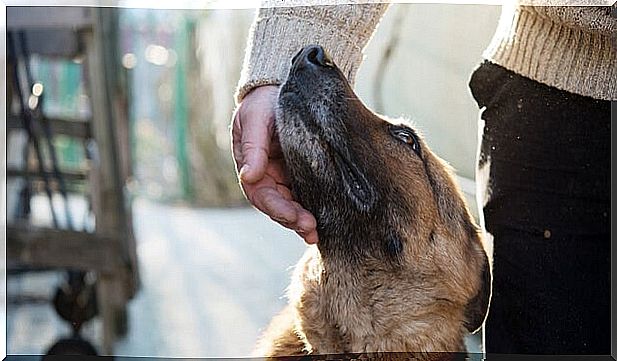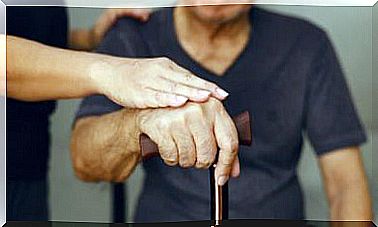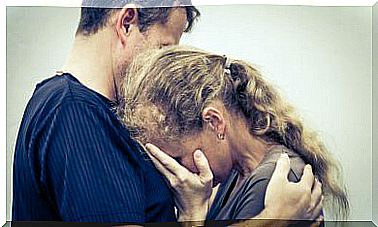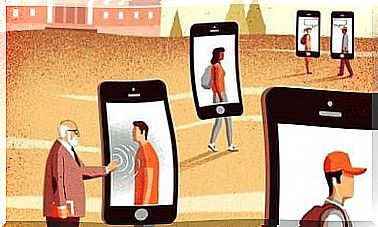Kinesthetic Communication, Why Is It So Important?

Kinesthetic or kinesthetic communication is one of the many forms of language that inhabit the human being. In a generic way it is also called body language and it corresponds to all the movements of the body.
It is important to know that kinesthetic communication is very powerful. It conveys abundant information about the character and emotional state of a person. Although in general we are not aware of how we transmit the messages in these codes, or how we receive them, this type of communication clearly marks the communication between two or more people.
The elements of this language are basically gestures, posture, gaze and body movements. In other words, everything that replaces or complements verbal language. Tone of voice and physical contact with others can also be included. Since the subject of body language in general has been covered a lot, this time we are going to focus on tactile contact with others.
Kinesthetic communication and touch
Touch is one of the most important components of kinesthetic communication. Each human being has his own tactile behavior, even if he is not aware of it. It includes all the ways of coming into contact with others using the skin, that is, establishing a physical bond.

It is, in fact, one of the most lost forms of communication. New technologies call us to come into tactile contact with devices, with increasing frequency. Conversely, physical contact with others is increasingly rare. We communicate with others using some device and not so much skin to skin.
The main forms of kinesthetic communication using touch are greeting, kissing, hugging , caressing, and hitting. Some also include applause within this category, but these are actually more auditory and visual.
The importance of tactile communication
Kinesthetic communication through touch is one of the most primitive ways of coming into contact with other human beings. For the same reason, it is also one of the most genuine and essential. The first tactile contact we experience occurs with breastfeeding. Beyond being a way to take food, the baby begins to form his affectivity through this act. The same happens with the caresses that the mother lavishes.

This type of tactile communication is so important that most mammals spend much of their time on it. Among monkeys this is very evident. They groom, hug and touch each other frequently.
In the human being the need for this type of kinesthetic communication is even greater. A child who is not caressed hardly survives in his first few months and if he does, he may develop emotional difficulties. This need continues throughout life, although over time it becomes more moderate. Still, there are specific times, such as during grief or illness, when it is needed most intensely.
The meaning of touch
By shaking hands in a greeting, a tactile kinesthetic communication is configured. The strength of that handshake, as well as the way in which the other’s hand is held, disposes towards a certain type of bond. Sometimes this type of contact is basically neutral. Other times warm traits are imprinted on it that facilitate closer contact.
Culture influences the way we touch each other. In some places there is greater emotional distance and therefore contact is reduced to a minimum. In other places, on the other hand, hugs, blows to the shoulder and physical contact, in general, are very common. In any case, regardless of culture, everyone has their own way of using their sense of touch.

The truth is that this form of communication narrows or weakens the ties between people. Couples who caress each other more are more likely to last. Those who have more physical contact with their peers are happier and less sick. Even so, today’s society promotes forms of relationship in which touch is less and less involved. Being aware of this is the first step in preventing physical contact from being lost.









